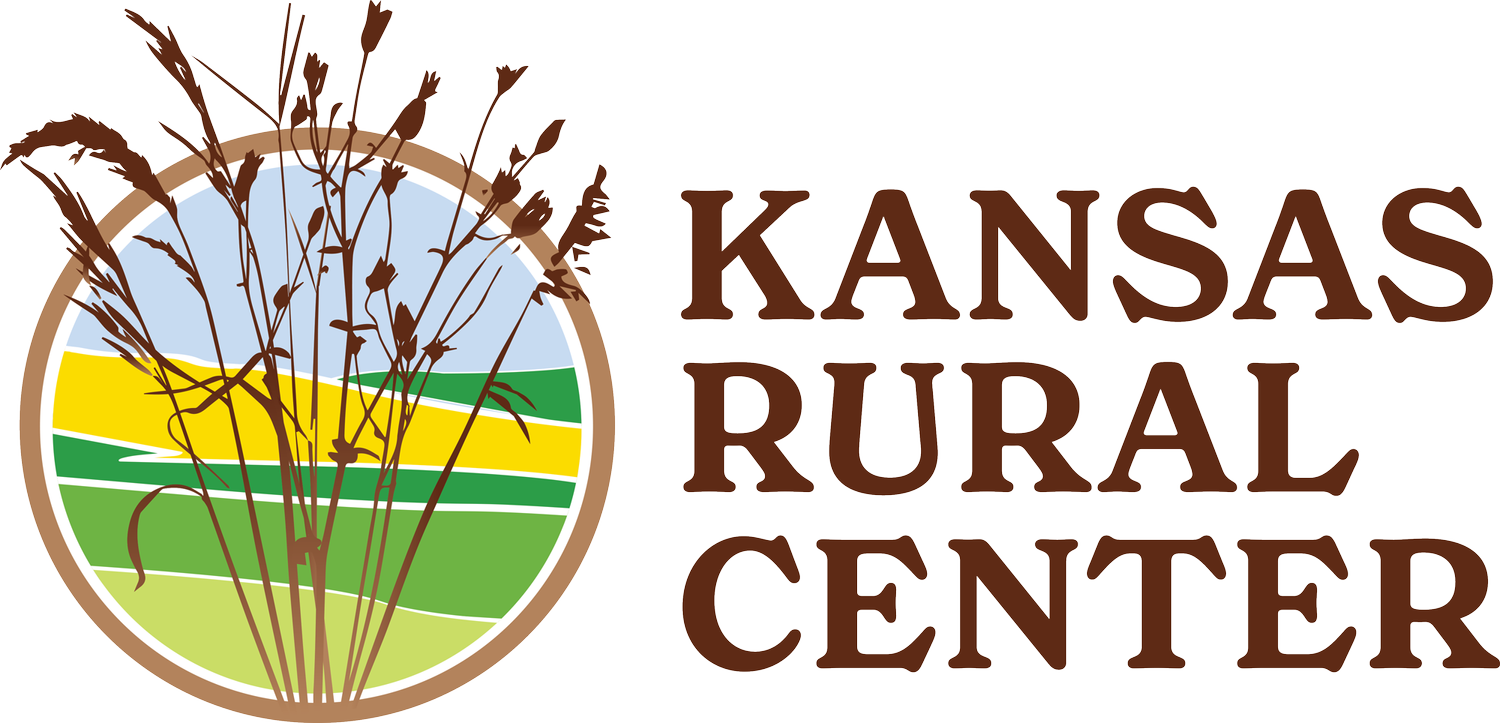Learning About Leaves
Every year I learn more and more about how important leaves are for the ecosystem. We have several blogs about leaves already, (including Scott’s best management practices and my sustainable leaf-raking tips) but this information often needs updating and augmenting. The more we know, the better we can do! And that applies to us too here at Dyck Arboretum. Here are some new ideas I am implementing around the grounds to a-leave-iate our leaf problems.
Leave them when you can…
I know it is not always possible, but the easiest and best practice is leave leaves were they fall. Here at the Arboretum we let leaves freely accumulate in hedgerows, shrub borders, and garden beds, even though it might not look traditionally ‘tidy’. Many insects use leaf litter for shelter and breeding, and insects are the linchpin to our ecosystem! As E.O. Wilson said, they are “the little things that run the world“. Their populations are in serious decline across many species, especially the leaf-loving firefly.
Allowing leaf litter to stay undisturbed through fall and winter is an easy way to improve insect habitat. While you might be worried about all those ‘bugs’ snoozing in your landscape, don’t be. Just remember to keep the leaf layer only a few inches thick and not piled high directly up against the foundations of your home.
Don’t Shred
A light sprinkling of leaves will not harm your lawn, but they can cause damage when too thick, matted, and wet over the winter, so you may have to remove them. Many folks rush to the mower and shredder for this task. We have a large mulching mower that I once happily raced across all the Arboretum lawns with.
BUT – I’ve learned now that many insects have already laid eggs or cozied up for dormancy in these leaves. So shredding likely kills all those beautiful and beneficial insects we are hoping to attract. I am attempting a 60/40 rule this year: remove the bulk of the leaves by raking, shoveling, or blowing, and only mow that last forty percent in particularly important/sensitive lawn area. For an acreage this large it is impractical to do much by hand, but I am hoping my small effort will make a positive difference for the insects that call the Arboretum home.
Redistribute
After the wonderful workout of raking leaves, it is time to put them…where? If you have a compost pile, that’s a great start. Or layer them over your vegetable garden. Pile them under cedar trees or in weedy spots you want to smother.
Dyck Arboretum is not accepting community leaf donations this year as our leaf house is deconstructed at the moment, but many cities (including Hesston) have a free drop off leaf compost area for their citizens. For extra sustainability, skip the plastic bags and move your leaves loose with just a tarp and a truck bed. If you must use bags, don’t tie them up so they can be easily dumped and reused next year when the leaves fall again.
This time of year I see piles and piles of bagged leaves on the curbs of our neighborhoods and cities. We can certainly do better now that we know what a gold mine of habitat and nutrients these leaves really are. So get out there and jump in those leaves, spend a day in the fall sunshine, and do your part to help those “little things” keep running the world!
This article was originally posted on November 15, 2023 by Katie Schmidt in Dyck Arboretum’s blog. Please visit Dyck Arboretum for more information on native landscapes in Kansas.

